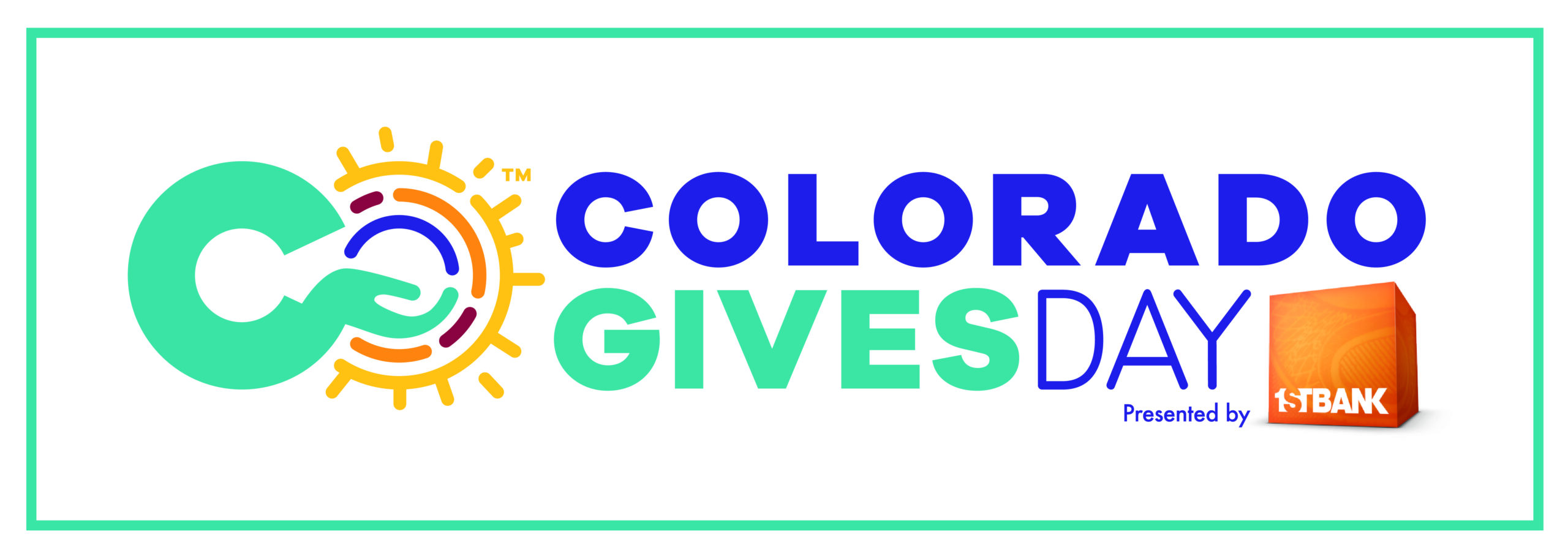From May 16-18, the Colorado Symphony invites audiences into a rare and intimate musical conversation: Johannes Brahms’ Concerto for Violin and Cello in A minor, Op. 102 – more commonly known as the Double Concerto. With Resident Conductor Christopher Dragon leading the orchestra and two of its brightest stars – Concertmaster Yumi Hwang-Williams and Principal Cello Seoyoen Min – as soloists, this is a not-to-be-missed performance of one of the most nuanced and heartfelt works in the classical repertoire.
A Farewell to Orchestral Composition
Composed in 1887, the Double Concerto was the final orchestral work of Johannes Brahms. At the time, Brahms was not only at the peak of his powers but also grappling with a sense of creative closure. After decades of writing symphonies, concertos, and chamber music, he felt he had said most of what he needed to say with large ensembles. This piece stands as his parting statement in the orchestral form and what a profound farewell it is.
But the concerto is also deeply personal. Brahms wrote it as an olive branch to his longtime friend, the violinist Joseph Joachim, after a painful falling out. Their estrangement had lasted years, stemming from Brahms’ involvement in Joachim’s divorce proceedings. Hoping to reconcile, Brahms composed the concerto specifically for Joachim, pairing him with cellist Robert Hausmann. The gesture worked: not only was the friendship mended, but the collaboration yielded one of the most fascinating dual concertos ever written.
A Conversation Between Equals
Rather than casting the violin and cello in traditional “soloist versus orchestra” roles, Brahms crafts a musical dialogue – an intertwining of two distinct but equal voices. The cello often leads, introducing ideas with a rich, introspective tone, while the violin responds in graceful lyricism or spirited flourish. At other times, the two instruments mirror, interrupt, or playfully challenge each other, weaving a sonic tapestry as intricate as a late Beethoven string quartet.
This interplay requires extraordinary chemistry between soloists – something that makes this performance especially exciting. As members of the Colorado Symphony, Hwang-Williams and Min bring years of shared musical experience to the stage. Their deep familiarity with each other’s phrasing, instincts, and sound promises a rendition of the Double Concerto that captures the piece’s chamber-like intimacy and orchestral grandeur in equal measure.
“The Brahms Double Concerto is an icon in the repertoire, a tour de force for three equal protagonists: orchestra, solo cello, and solo violin,” said Hwang-Williams. “Brahms deftly interweaves the three voices; highlights each, exchanges dialogue in different combinations. It’s a thrill to share the stage with Seoyoen and our orchestra with the Dragon on the podium!”
“The Brahms Double Concerto is an icon in the repertoire, a tour de force for three equal protagonists: orchestra, solo cello, and solo violin.”
Yumi Hwang-Williams, Concertmaster
A Structure Steeped in Emotion
The concerto unfolds in three movements:
I. Allegro – The opening movement is bold and complex, with the orchestra launching into a stern, declarative introduction. When the soloists enter, it’s not with bravado, but with a reflective duet that gradually builds into a passionate dialogue. Brahms’ use of thematic transformation gives the movement a sense of searching and reconciliation, perhaps echoing his own emotional journey in repairing his friendship with Joachim.
II. Andante – The second movement offers a moment of serene beauty. Set in D major, it’s one of Brahms’ most tender slow movements, with lyrical melodies that float gently between the solo instruments. Here, the emotional core of the concerto shines – poignant, forgiving, and full of mutual respect.
III. Vivace non troppo – The finale bursts forth with rustic charm and folk-inspired flair. Brahms often turned to Hungarian folk music for inspiration, and this movement brings a joyful, almost dance-like energy that sweeps the concerto to an exuberant close. After the introspection of the first two movements, this is a celebration of unity and artistic synergy.
“We share a stage every weekend, but we never get to play in front of the orchestra together. It’s a pleasure and it’s always so fun working with her, even just rehearsing.”
Seoyoen Min, Principal Cello
Why This Performance Matters
To hear the Double Concerto live is always a special occasion – it is rarely programmed, partly due to the unique demand for two high-caliber soloists who must perform as both virtuosic individuals and a perfectly synchronized team. But to hear it performed by two leaders of the Colorado Symphony, who already share a deep musical rapport, is something extraordinary.
“Me and Yumi, we share a stage every weekend, but we never get to play in front of the orchestra together,” said Min. “It’s a pleasure and it’s always so fun working with her, even just rehearsing. She also helps with my anxiety on stage,” she laughed. “It’s always good to have someone, you know. We’re partners.”
Conducted by the ever-energetic Christopher Dragon, and anchored by the lush, expressive sound of the full Colorado Symphony, this performance promises to reveal the Double Concerto not just as a technical marvel, but as a profoundly human work – one that speaks to friendship, forgiveness, and the enduring power of musical dialogue.
Hear the Double Concerto Live
Join us for three stirring evenings of music, highlighted by a work that is equal parts personal reflection and artistic triumph. Whether you’re a longtime Brahms devotee or new to his music, this performance of the Double Concerto offers a powerful reminder of why we turn to music to express the things words alone cannot.



